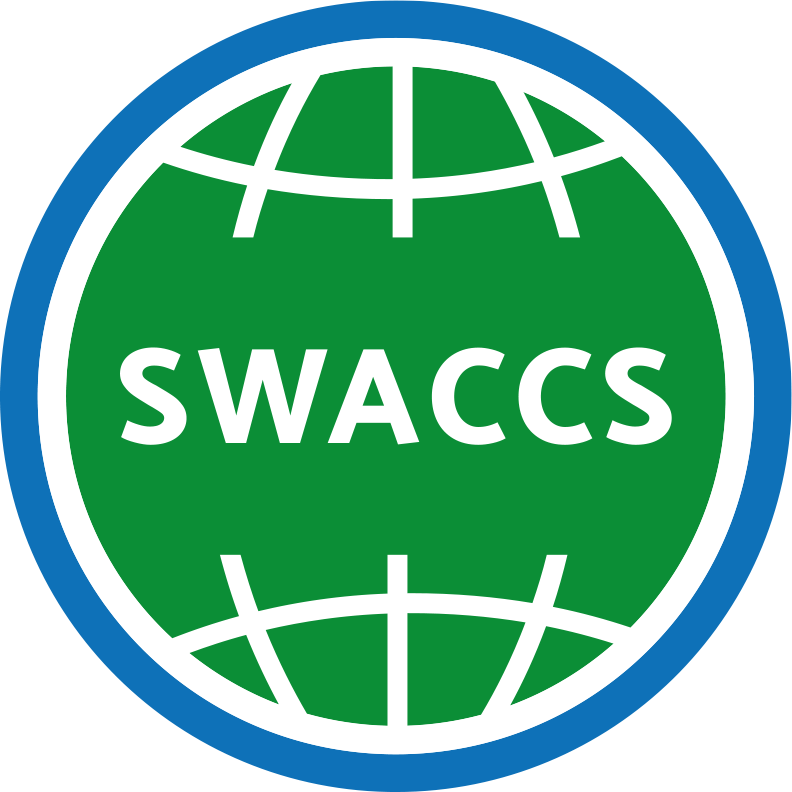SWACCS Seminar Series - May 2022
Understanding the impact of our exposure to environmental chemicals in health
When: Wednesday, 04. May 2022, 14:00 - 15:00 (CEST)
Where: Zoom
https://liu-se.zoom.us/j/62374746602?pwd=MURCQUNtd0E2NTJIeXFuQmFYSmh6dz09 Meeting ID: 623 7474 6602
Passcode: 985382
Tuulia Hyötyläinen, Professor of Chemistry,
School of Science and Technology, Örebro University.
Title: “Exposure to endocrine disrupting chemicals is associated with sex-specific alterations in hepatic lipid metabolism”
Abstract:
Growing evidence suggests that exposure to endocrine disrupting chemicals (EDC) interfere metabolism, and that the EDC exposure is associated with diseases such as diabetes and non-alcoholic fatty liver disease (NAFLD). In the current study, we have investigated the effects of EDC exposure on liver metabolism. We characterized the liver metabolome (via biopsy) and circulating metabolome and EDCs using comprehensive mass spectrometry-based analytical platforms. We have combined the results with different in vivo and on vitro models of exposure. We identified association between PFAS exposure and perturbation of key hepatic metabolic pathways previously found altered in NAFLD, particularly as regards bile acid and lipid metabolism. Importantly, we identified stronger associations between the metabolome, chemical exposure and NAFLD-associated clinical variables (liver fat, HOMA-IR) in females versus males. Overall, our results indicate that the females may be more sensitive to the harmful impacts of PFAS. Lipid-related changes subsequent to PFAS exposure may be secondary to the interplay between PFAS and bile acid metabolism.
Maria Sapounidou, Senior research engineer (Patrik Andersson group),
Department of Chemistry, Umeå University.
Title: “Application of in silico methods to decipher the impact of chemical exposure to human and environmental health”
Abstract:
In silico methods have been gaining traction in risk assessment the last decade. This presentation will focus on how current in silico methodologies can serve as the link to bridge the gap between chemistry, in vitro information, and exposure to assess the impact of chemical exposure to human and environmental health.
